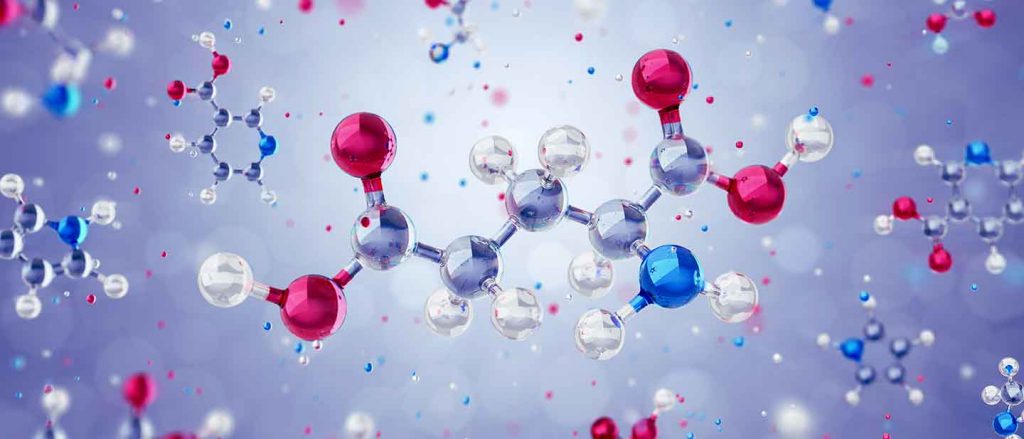The activity of biologics and biosimilars depends on maintenance of their structure; however, as molecules whose structures are held in place by relatively weak bonds, they are vulnerable to degradation and thus loss of function (see Chapter 1). In addition to impacting their biological activity, structural changes can also introduce immunogenicity (see Chapter 7).
Various methods are used to stabilise biologics and biosimilars (see Chapter 5), and regulators mandate stability studies to generate evidence that the product remains stable over its shelf-life. Beyond regulatory requirements, the stability of the product over time and under certain conditions is an important consideration when making formulary and prescribing decisions.
This chapter will cover factors affecting the stability of biologics and biosimilars, types of instability, how to test stability through different types of stability studies, and how stability contributes to shelf-life differences between biosimilars and their reference products.


